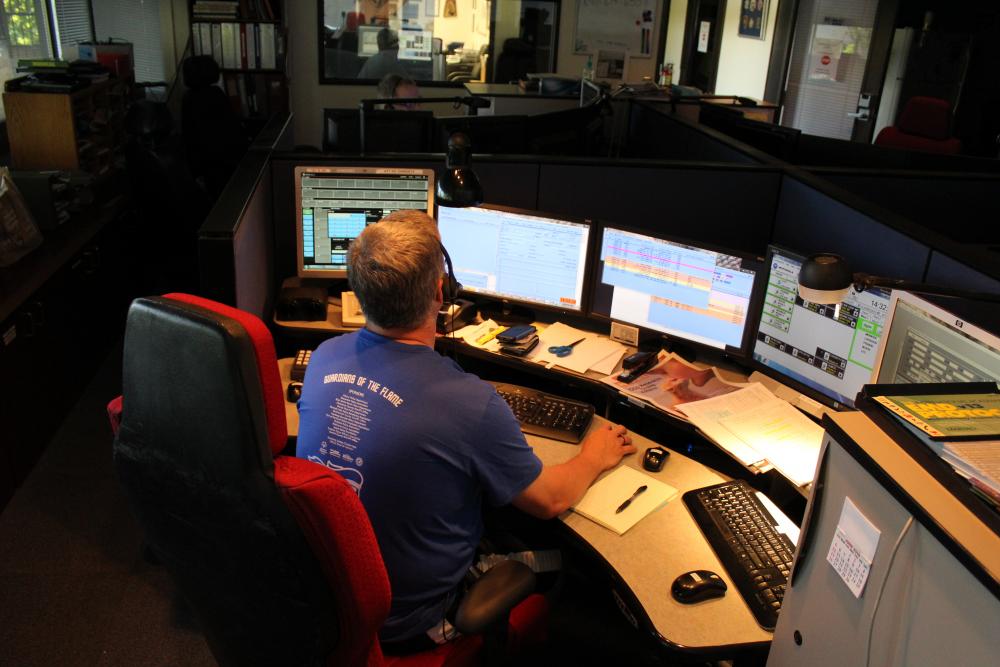Lakeview (Oregon) has a 911 telephone rescue service used in the event of any emergency that requires immediate medical attention, firefighters or police.
911 service operators and dispatchers must answer a call for 10 phone rings, processing an average of 200 calls per day.
When the call arrives at the department, the phone number and address of the caller are immediately displayed on the operator’s display, which makes the process of deploying the rescue operation more efficient. This is especially important if the person who called the service is speech impaired or simply unable to speak. For the police, firefighters and ambulance to arrive, just dial the number and put the handset next to the device. When the call arrives at the dispatch center, the operator answers within a few seconds and talls his or her call personal number. Callers are advised to remember this number in case the operator’s service causes any problems or dissatisfaction and it will be necessary to establish his or her identity later. The operator begins to ask a variety of questions, the answers to which help him or her to classify the call depending on the circumstances of the incident. This classification is implemented in a special computer system that installs the nearest police car, which can immediately go to the scene. In addition, fire and medical services also go to the scene.
Each call is also codified by the level of urgency. The first place is taken by the assistance requested by a policeman while on duty. The following is information about the crime and serious health problems. In the last places, according to the urgency of the call, there are reports of acts of vandalism and ill-treatment of animals. False calls to 911 are severely punished. Jokers having fun calling in emergency services face a heavy fine and even short-term imprisonment.
Using the text-to-911 system, residents of Lakeview will be able to contact the rescue service via SMS even with a zero balance, as well as do it from anywhere in the city where cellular communications are operating. The operator will determine the user’s location and the rescue service dispatcher will try to send a person the police, medics or another service, depending on the situation.
